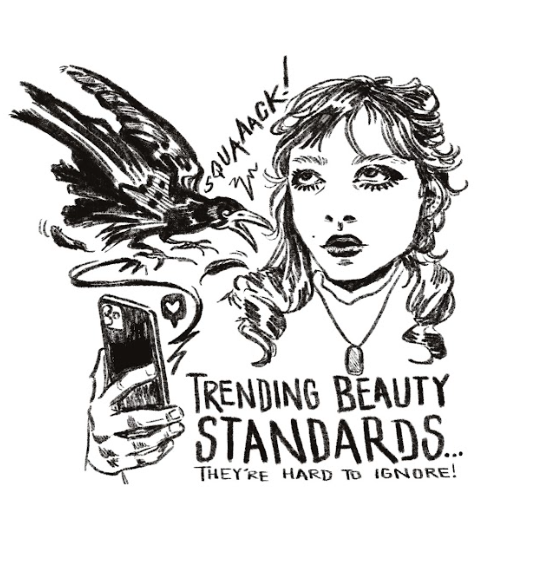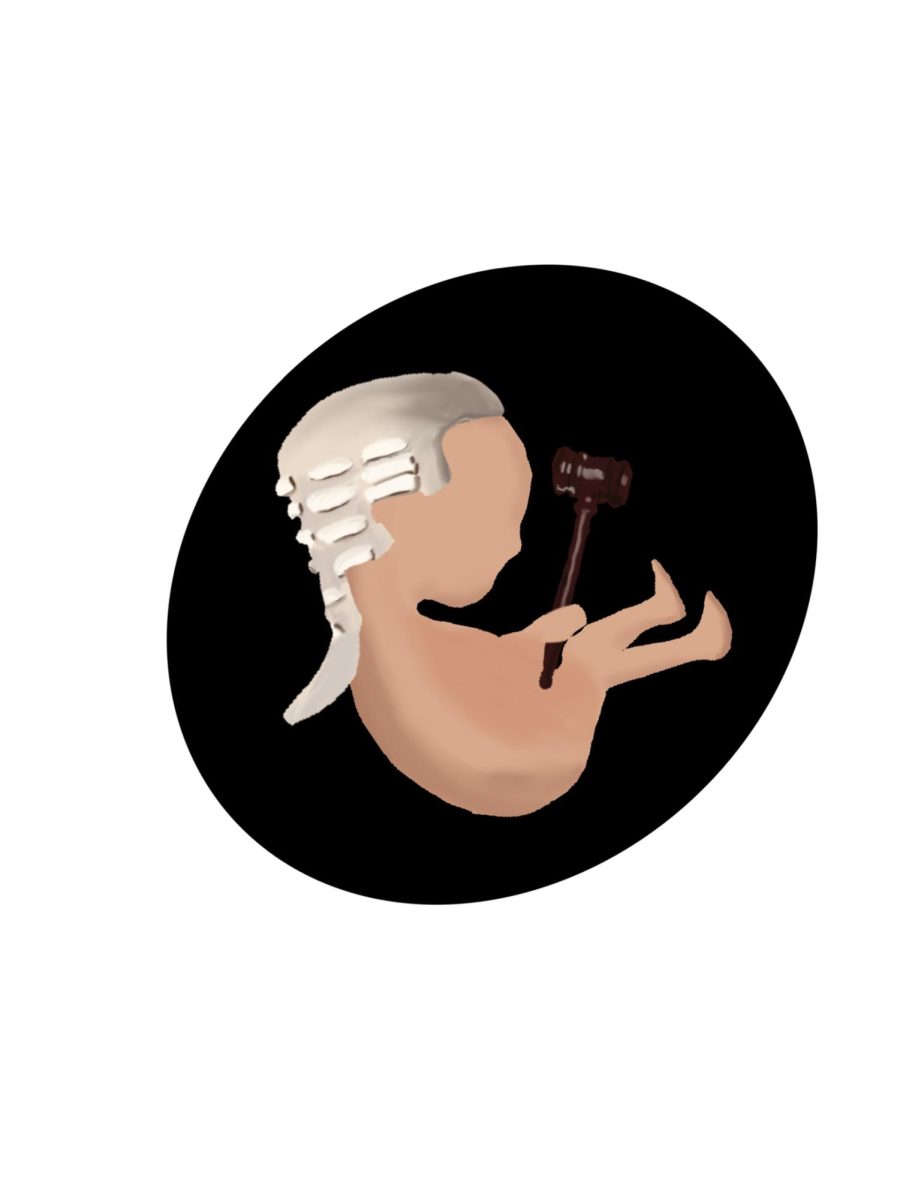Bee-stung lips, an all-natural makeup look and a thin waist with a curvy frame; this is the ideal look in 2023, the picture-perfect “it-girl” appearance. But what was the beauty standard in the 2000s or in the 1970s? Women’s beauty standards evolve just as often as Google’s logo design, and it is a tired cycle. Women are more than just their bodies; they are sensibility, intelligence and resilience all in one. Trends are not meant to infiltrate body types. The body is more than an image, more than an outward appearance, and it is time we treat it as such.
History
Since the beginning of time, we have seen changes in beauty standards. However, in the last 100 years, society has seen a striking back and forth between what is considered the most attractive and what body a woman “needs” to fit the standard.
From the 1920s to the 1940s, slim was in, and a small, delicate physique was desired with little to no curves. Women faced a full 180 in the 1950s when Marylin Monroe became the star of the decade, and she spotlighted the poster-perfect hourglass figure. In the 1960s, society underwent another turnaround when Twiggy became the it-girl, marketing a very thin look.
In the 1970s, the thin-framed, long-legged look was still idolized. In this decade, we began to see an increase in eating disorders, and as a society, we gained more knowledge about them. In the 1980s, with the popularity of the Jane Fonda at-home workout videos, the athletic supermodel look became the goal. But in the 1990s, all that muscle had to disappear if women wanted to achieve the look known as “heroin-chic,” which was presented among the top American supermodels of the time. It was in this decade that anorexia nervosa was associated with the highest mortality rate among all mental disorders.
In the 2000s, Britney Spears became the standard—a thin but athletic look was what society wanted. Then again, in the 2010s, society saw a huge shift into the curvy look. Kim Kardashian exemplified the modern beauty standard that many women still work for or pay to achieve. In these years, we saw a peak in cosmetic surgeries, including the rise of buttock augmentation, otherwise known as a Brazilian butt lift, or BBL.
The modern impact
With the constant changes in women’s beauty standards, young girls and women continue to face issues with body image. Body types should not be a trend, as it harms the way we perceive ourselves. Over the last few years, despite having heard more talk of body positivity and inclusivity, we continue to see specific body types being idolized. Although we may not see body types being praised as much on the front pages of fashion magazines, we still see similar patterns on social media.
With the popularity of Instagram, our feeds are constantly flooded with images of Instagram models and the “it-girl” look. We now have constant access to what is trendy, how to achieve it and how to show it off. In recent years, we have also seen more internet obsession with aesthetics and fitness. While this content is not inherently harmful, young, impressionable people spend a good portion of their time on social media, and they are prone to falling for a fallacious online presence.
Many online influencers edit and photoshop their posts, creating a harmful pattern. These women are idolized for their bodies, yet they are not being honest with their audience, who look up to them. Many influencers have been called out on photoshopping or even exposed for not being honest about their cosmetic procedures. While there is nothing wrong with altering appearance, it is wrong to lie about it on a public platform, especially if promoting oneself as a fitness influencer or an “all-natural” influencer. This pattern can easily create body image issues for young people.
Language also plays a role in negative self-perception. It is time to stop using terms like “thinspo” or “heroin-chic.” To stop idolizing body types, we must be careful with what we post on social media. Influencers can do this by being honest with their audiences, and audiences can do this by eliminating the obsessive body-talk. If a woman’s body changes, why should we spotlight that? It is natural and a part of life.
Women are more than just their bodies. They always have been. It is time we stopped making body types a trend. Curves are not fashion; they should not be in or out of style. Stretch marks are not something that should be hidden. Hip dips are not something to be ashamed of. All body types are beautiful, and it is time we say that and truly mean it.













